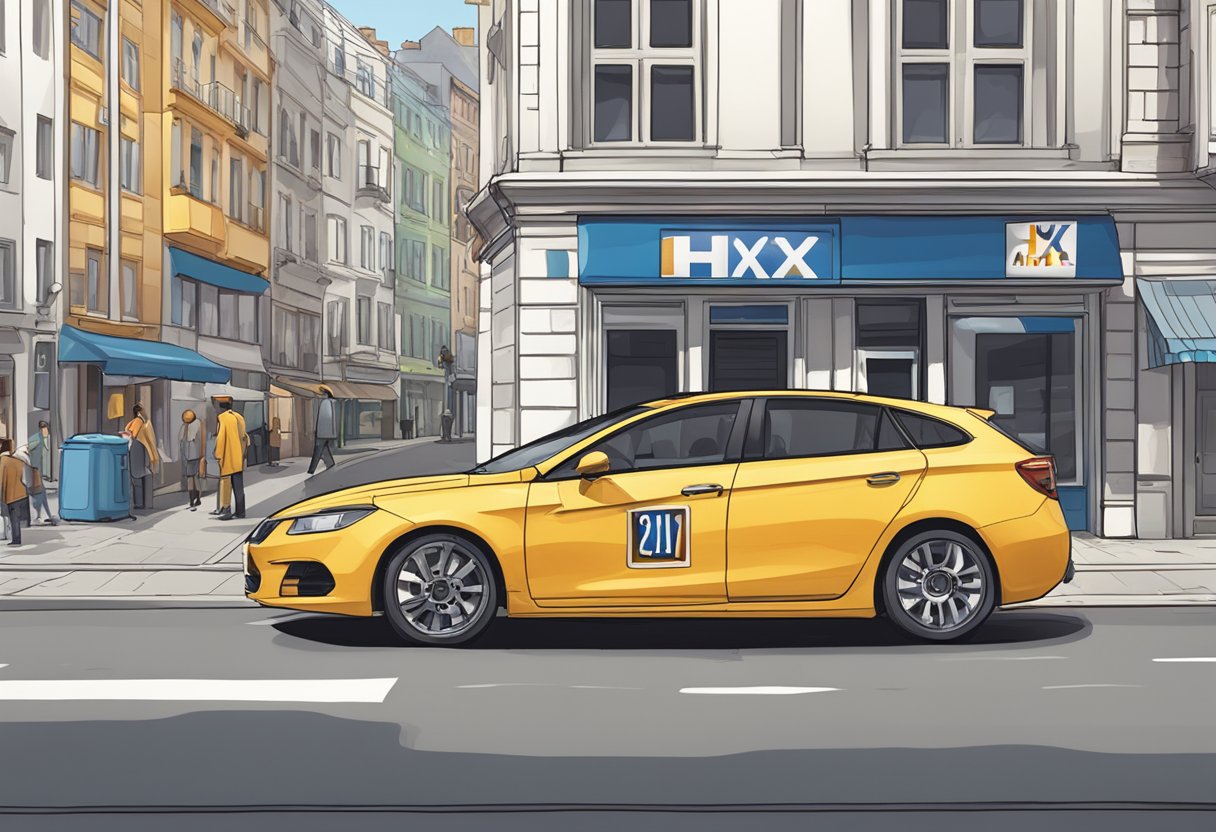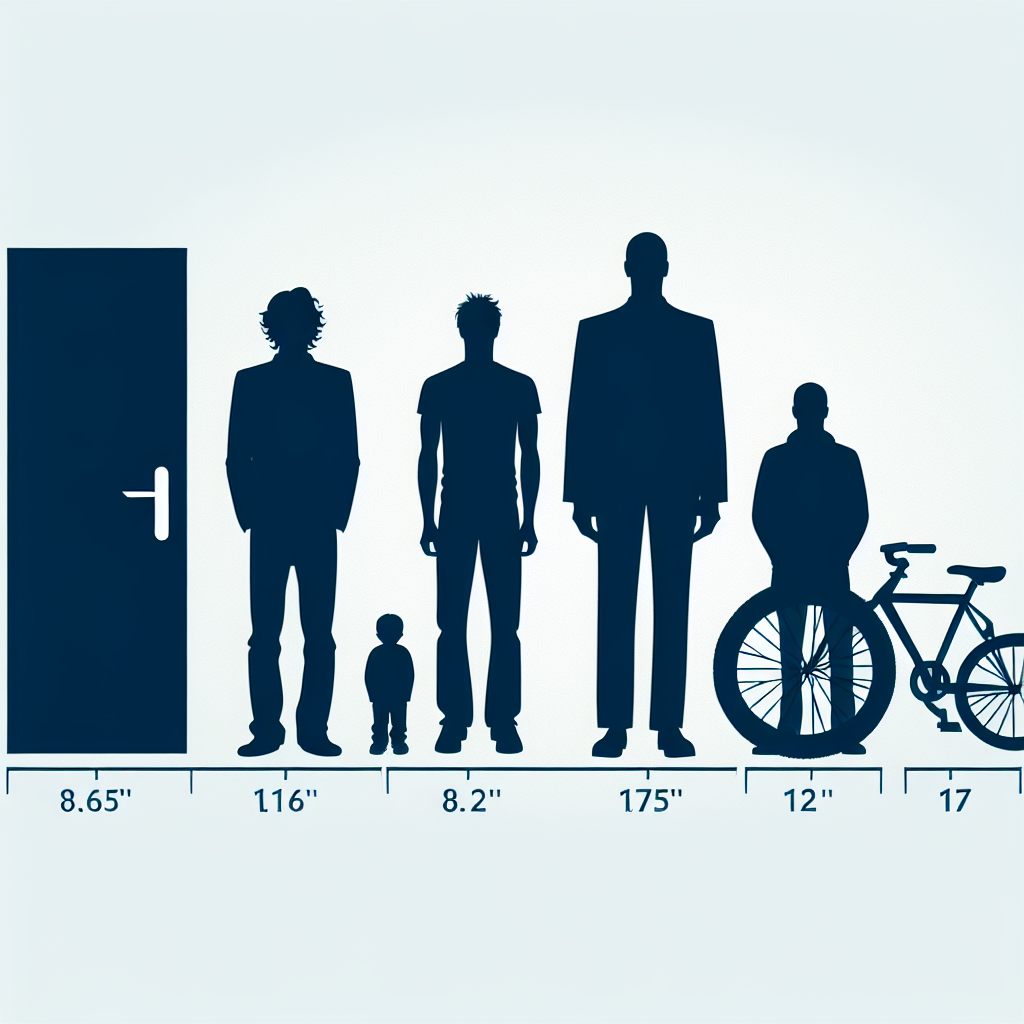Understanding Tesla Price in China: Factors, Trends, and Current Status
As China continues to emerge as one of the largest markets for electric vehicles (EVs), Tesla's pricing strategy in this region has become a focal point for consumers and investors alike. In this article, we will explore the current Tesla price in China, factors influencing these prices, and how Tesla's pricing compares to local competitors.

The Current Tesla Price in China
As of October 2023, the price for Tesla vehicles in China varies across models. For example, the Tesla Model 3 starts around RMB 249,900 (approximately USD 36,000), while the Model Y is priced starting at around RMB 299,900 (approximately USD 43,000). These prices reflect Tesla's efforts to keep the vehicles competitively priced amid increasing local competition and a growing demand for EVs in China.
Factors Influencing Tesla's Pricing Strategy in China
Understanding the pricing dynamics of Tesla vehicles in China requires an analysis of several key factors:
- Local Manufacturing: Tesla operates a Gigafactory in Shanghai, which has significantly reduced manufacturing costs compared to importing cars from the United States. This local production allows Tesla to bypass tariffs that would otherwise inflate vehicle prices.
- Government Incentives: The Chinese government has implemented various subsidies and incentives for EV manufacturers and consumers, impacting Tesla's pricing structure. For instance, purchase subsidies can lower the effective cost for consumers.
- Market Competition: With numerous Chinese EV manufacturers like BYD, NIO, and Xpeng emerging, Tesla has been motivated to adjust its prices to maintain competitiveness in the increasingly saturated market.
- Supply Chain Factors: Global supply chain disruptions, especially concerning battery materials, have affected production costs. However, Tesla's vertical integration strategy helps them manage these fluctuations more effectively.
Comparative Analysis: Tesla vs. Local Brands
To understand Tesla's pricing in China, it is essential to compare it with local competitors:
- BYD: The BYD Han EV is priced starting around RMB 221,800, making it a more affordable alternative for consumers looking for spacious electric sedans. This price competitiveness pressures Tesla to reconsider its pricing strategy to attract more cost-sensitive customers.
- NIO: NIO's ES6 SUV starts around RMB 368,000, which is higher than Tesla's Model Y but includes unique features like battery swapping technology. This could influence buyer considerations in Tesla's pricing strategy.
- Xpeng: Xpeng P7 is priced starting at RMB 229,800, targeting the same market segment as Model 3. Xpeng's aggressive pricing and frequent promotional activities force Tesla to maintain a compelling price proposition.
The Impact of Consumer Preferences on Tesla Pricing
Consumer preferences in China are rapidly evolving, and this directly impacts pricing. Chinese consumers are increasingly seeking advanced technology, affordability, and brand prestige:
- Demand for Features: Tesla's Full Self-Driving capability is a significant selling point but comes at an extra cost. The interest in advanced autonomous driving features may justify Tesla's pricing compared to competitors.
- Brand Value: Tesla has established a strong brand identity in China, which allows it to maintain relatively higher prices than some local brands. However, constant engagement through community events and promotions is vital for sustaining brand loyalty.
Future Predictions for Tesla Pricing in China
Several trends suggest potential future changes in Tesla's pricing strategy in China:
- Expanding Model Range: Tesla plans to introduce more affordable models like the rumored Tesla Model 2, which could reshape the pricing landscape in China significantly.
- Increased Production Efficiency: As Tesla continues to optimize its production processes and expand its supply chains, we may see price reductions across its model lineup, helping to reach a broader audience.
- Market Conditions: The ongoing competition in China’s EV market will require Tesla to be agile with its pricing strategies to maintain market share, particularly as more affordable options become available.
Conclusion
Understanding Tesla's pricing in China is key for consumers and stakeholders alike, given the volatile nature of the electric vehicle market. As fluctuations in materials, government policies, and consumer preferences continue to evolve, staying informed about the current prices, competitive pressures, and future predictions will be crucial for anyone considering a Tesla purchase in China.
New posts

BYD Seal: Unraveling the Future of Electric Mobility
Sustainability

Everything You Need to Know About NIO Registrations: A Comprehensive Guide
Sustainability

Exploring the Ford VW MEB Platform: A Deep Dive
Volkswagen

Understanding the Model X Refresh: What You Need to Know
Tesla

Everything You Need to Know About the Xiaomi Car: Specs, Features, and Market Impact
Xiaomi

Understanding Model Y Wait Times: What to Expect in 2023
Tesla

Exploring AI Day at Tesla: Innovations, Insights, and Future Prospects
Tesla

Understanding the Zeekr X Price: What You Need to Know
Electric Vehicles

Understanding the Tesla Model Y Performance: A Comprehensive Guide
Tesla

Exploring the Spaciousness of the Model Y Trunk Space: Everything You Need to Know
Tesla
Popular posts

Unlocking the Future: BYD Solid State Battery Technology Explained
Innovation

Unlocking the Future of Energy: CATL Sodium Ion Battery Explained
Sustainable Solutions

Tesla Market Share: Current Trends and Future Projections
Tesla

Exploring the Spaciousness of the Model Y Trunk Space: Everything You Need to Know
Tesla

Understanding CNEVPost: What You Need to Know
Technology Trends

Exploring the Neta GT: Features, Specifications, and Insights
Sustainability
Exploring BYD Track: Insights, Benefits, and Key Features
Sustainability

Understanding Model Y Wait Times: What to Expect in 2023
Tesla

The Rise of BYD in Costa Rica: A Comprehensive Analysis
Sustainability

Unveiling the Xiaomi SU7 EV Lei: What You Need to Know
Xiaomi